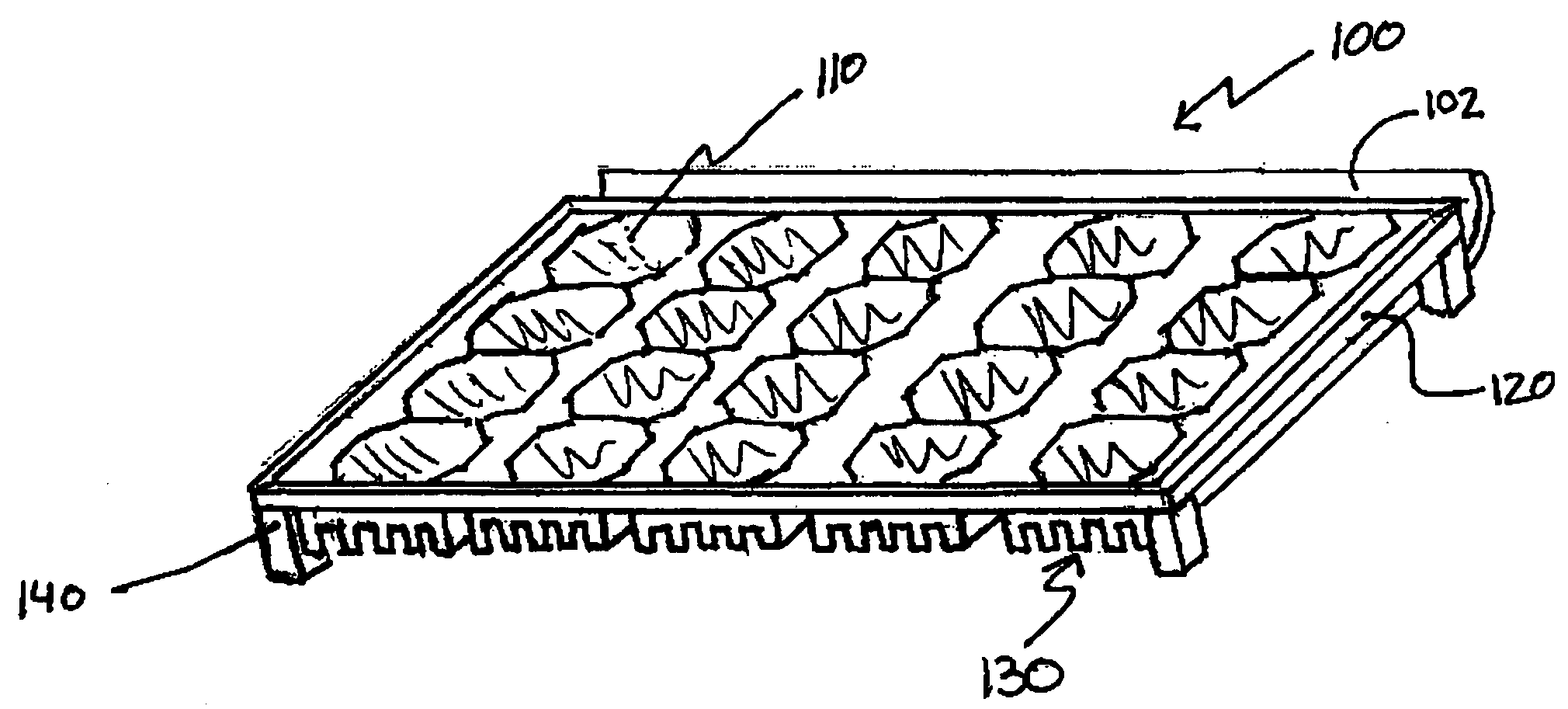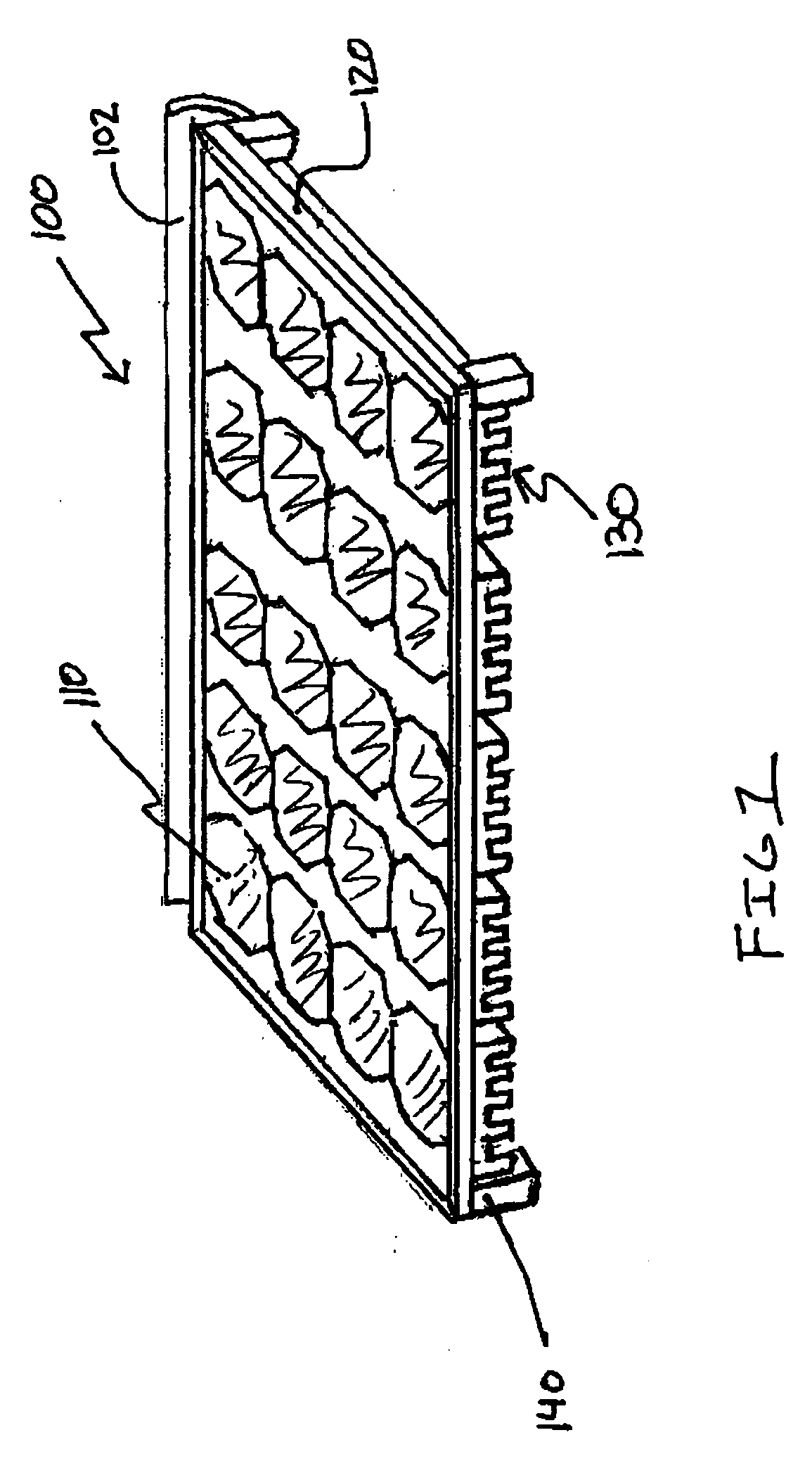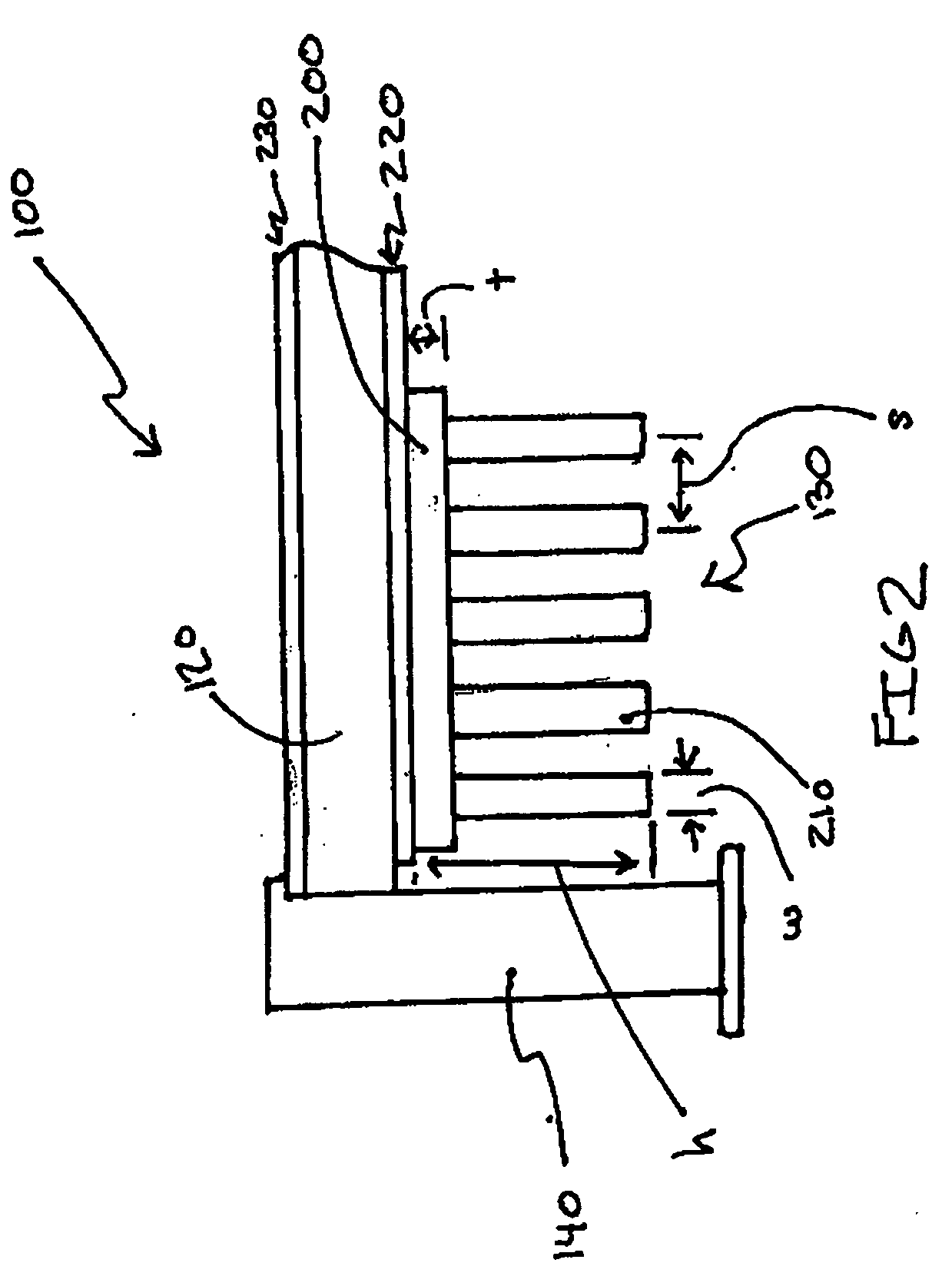Modular solar panels with heat exchange & methods of making thereof
a solar panel and module technology, applied in the field of module solar panels with heat exchange & methods of making thereof, can solve the problems of low conversion efficiency, limited use of conventional roof-mounted solar modules, aesthetic appeal, etc., and achieve the effect of increasing the efficiency of converting solar energy into electricity
- Summary
- Abstract
- Description
- Claims
- Application Information
AI Technical Summary
Benefits of technology
Problems solved by technology
Method used
Image
Examples
Embodiment Construction
[0024]The following description is presented to enable a person of ordinary skill in the art to make and use the invention. Descriptions of specific materials, techniques, and applications are provided only as examples. Various modifications to the examples described herein will be readily apparent to those of ordinary skill in the art, and the general principles defined herein may be applied to other examples and applications without departing from the spirit and scope of the invention. Thus, the present invention is not intended to be limited to the examples described and shown, but is to be accorded the scope consistent with the appended claims.
[0025]FIGS. 1 and 2 illustrate an example of a photovoltaic (PV) module 100 of the present invention. The photovoltaic module 100 comprises a photovoltaic array of interconnected photovoltaic cells 110 positioned within a frame 120, which may be adapted to mount the module on a finished rooftop. Each photovoltaic cell is positioned within ...
PUM
| Property | Measurement | Unit |
|---|---|---|
| temperature | aaaaa | aaaaa |
| temperature | aaaaa | aaaaa |
| pressure | aaaaa | aaaaa |
Abstract
Description
Claims
Application Information
 Login to View More
Login to View More - R&D
- Intellectual Property
- Life Sciences
- Materials
- Tech Scout
- Unparalleled Data Quality
- Higher Quality Content
- 60% Fewer Hallucinations
Browse by: Latest US Patents, China's latest patents, Technical Efficacy Thesaurus, Application Domain, Technology Topic, Popular Technical Reports.
© 2025 PatSnap. All rights reserved.Legal|Privacy policy|Modern Slavery Act Transparency Statement|Sitemap|About US| Contact US: help@patsnap.com



